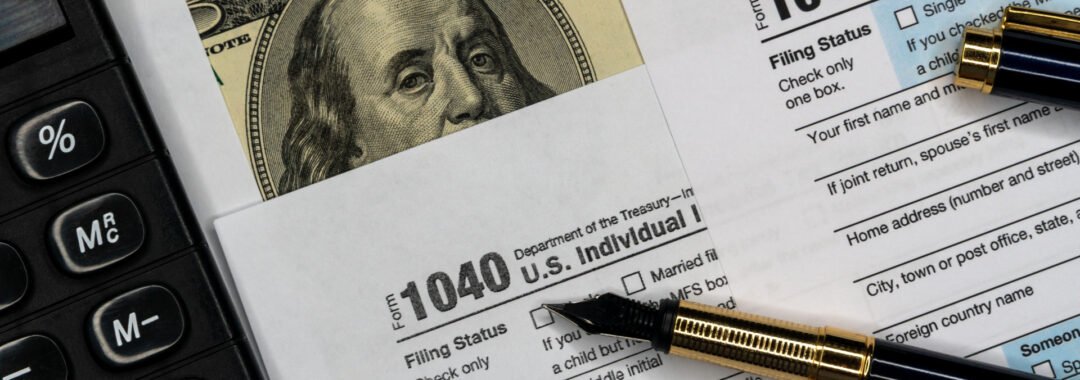The contents of this blog are for informational purposes only and should not be relied upon for tax or accounting advice.
The 30% solar tax credit made available by the Inflation Reduction Act of 2022 is one of the most lucrative solar incentives out there and can make your solar panel installation significantly more affordable. Tax credits can be confusing, but you don’t want to miss out on this chance to save on solar! In this blog, we’ll explain everything you need to know about the Inflation Reduction Act solar panel tax credit and what it means for your solar installation in 2023.
What Is the Inflation Reduction Act Solar Tax Credit?
The Inflation Reduction Act solar tax credit is a solar incentive that allows you to reduce what you owe in federal income tax by 30% of your solar installation costs. It’s a dollar-for-dollar reduction, which means you can reduce what you owe in taxes by the exact amount of your credit. If, for example, you receive a $5,000 tax credit, you can reduce your tax liability by $5,000.
The solar tax credit has been around for a long time—it was first introduced in 2005. Prior to 2022, however, it was worth just 26% of your solar installation costs. It was set to drop down to 22% in 2023 and be eliminated for residential solar installations in 2024. That changed when the Inflation Reduction Act was signed. The new law increased the solar tax credit to 30% and extended it for ten years.
What Costs Are Included in the Solar Tax Credit?
The solar Investment Tax Credit (another name for the solar tax credit) covers most of the costs associated with a home solar installation, including:
- Solar PV (photovoltaic) panels
- Solar inverters
- Mounting equipment and wiring
- Solar batteries (with a capacity rating of 3 kWh or greater)
- Installation costs
- Permitting costs
Who Is Eligible for the Residential Solar Tax Credit in 2023?
Most homeowners who install solar energy systems are eligible for the federal solar tax credit in 2023. The following qualifications must be met to receive the credit:
- The solar panels are installed at a property you own in the United States.
- You are the owner of your solar PV system (financed systems qualify, but leased systems do not).
- The solar system you install is new or being used for the first time.
- You have taxable income.
If you meet the above criteria, you are most likely eligible for the solar panel federal tax credit in 2023! To claim the credit on your 2023 tax return, your installation must be complete and your system turned on by December 31, 2023.
Commercial solar installations also qualify for a 30% solar tax credit, though the eligibility requirements differ slightly.
How to Claim the Federal Solar Tax Credit
Claiming the solar tax credit is a fairly simple process, and you can do it while you’re filing your annual tax return. To claim the credit, you’ll need to fill out IRS Form 5695 and add your solar tax credit information to your typical IRS Form 1040. To ensure you get the highest credit possible and avoid running into issues, make sure you keep all receipts associated with your solar installation.
Check out our guide to claiming the federal solar tax credit to learn more.
Texas Engineered Solar is a leading solar installer near you in San Antonio, TX, and we can help you take advantage of the federal solar tax credit for solar panels in 2023. With a San Antonio solar installation, we can put power production into your hands so you can rely less on the grid and save money on your utility bills. We are a local, veteran-owned solar company near you and you can trust us to make recommendations that make sense for you and your budget, even if that means installing a smaller, less-expensive system.
Don’t miss out on the 30% solar tax credit in 2023! Call 210-516-1604 or contact us to schedule a free solar assessment.
Schedule a free solar assessment today to get started.




Pingback: How to Claim the Solar Tax Credit in 2023 - TXEN Solar